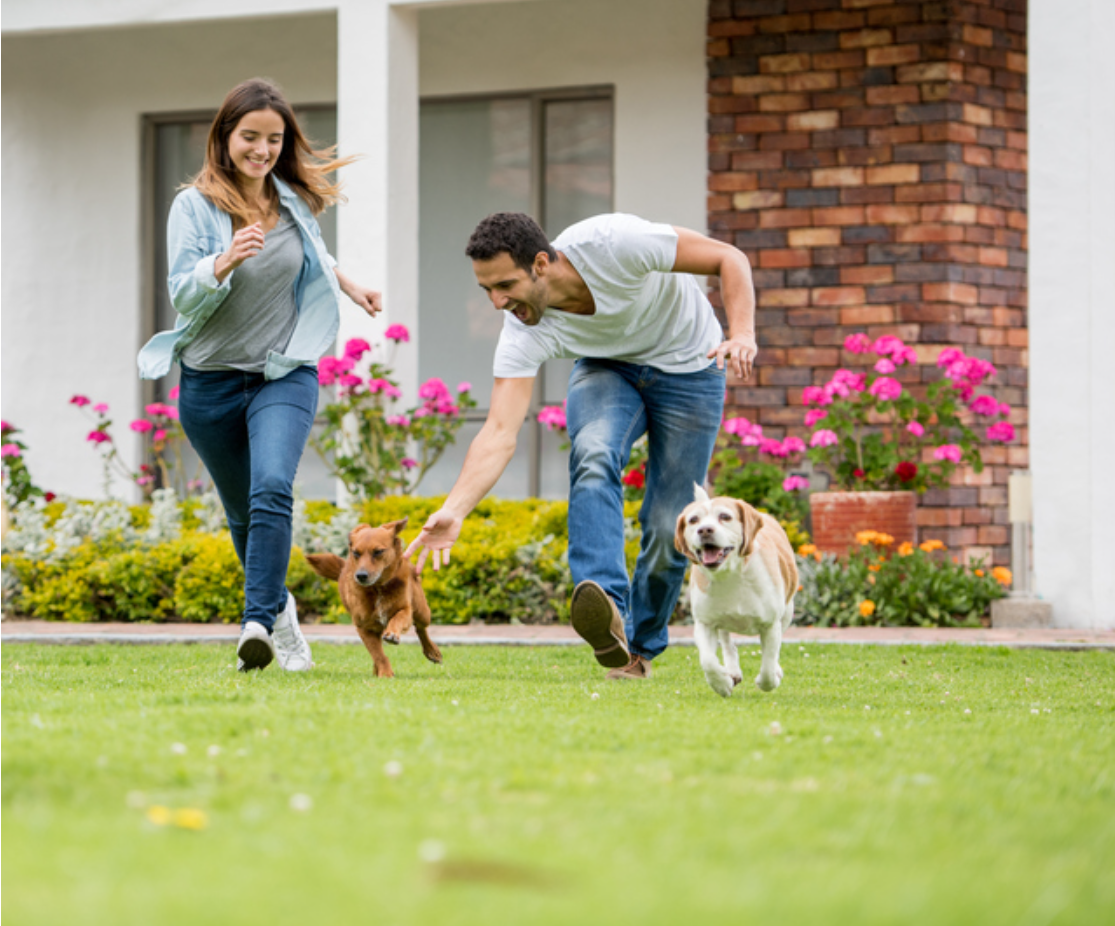How to Create a Pet-Friendly Home Environment
https://buymeacoffee.com/kaysogy/how-create-pet-friendly-home-environment
 Creating a pet-friendly home environment is essential for maintaining a harmonious living space for both pets and their owners. Pets are more than just animals; they are beloved family members, and their comfort and well-being significantly impact the overall ambiance of a home. Designing a home that caters to the needs of pets while maintaining aesthetic appeal can be achieved with thoughtful planning and a few strategic adjustments. This article explores key tips for creating a pet-friendly home environment, emphasizing the importance of safety, comfort, and practicality.
Creating a pet-friendly home environment is essential for maintaining a harmonious living space for both pets and their owners. Pets are more than just animals; they are beloved family members, and their comfort and well-being significantly impact the overall ambiance of a home. Designing a home that caters to the needs of pets while maintaining aesthetic appeal can be achieved with thoughtful planning and a few strategic adjustments. This article explores key tips for creating a pet-friendly home environment, emphasizing the importance of safety, comfort, and practicality.
1. Choose Durable Flooring: Pets can be hard on floors, especially with their claws and occasional accidents. Consider durable and easy-to-clean flooring options such as laminate, tile, or luxury vinyl. These materials resist scratches and stains better than carpets, which can trap fur and odors. If you prefer the warmth of rugs or carpets, opt for washable area rugs to balance style and functionality.
2. Invest in Pet-Friendly Furniture: When choosing furniture, prioritize materials that are resistant to scratches and stains. Leather or microfiber are excellent options for sofas and chairs, as they are durable and easier to clean. Removable, washable slipcovers can also protect furniture from fur and spills. Additionally, arrange furniture in a way that provides ample space for pets to move around comfortably.
3. Designate a Pet Zone: Creating a specific area for your pet can help maintain organization in your home. This zone could include their bed, toys, and feeding station. Having a dedicated space for pets makes them feel secure and can prevent clutter from spreading throughout the house. Use decorative storage bins to keep toys and pet supplies neatly arranged.
4. Ensure Proper Ventilation and Air Quality: Pets, especially those with fur, can contribute to indoor air pollution. Regularly clean air filters and consider using an air purifier to minimize pet dander and odors. This is particularly important for families with allergies or sensitive respiratory systems. Proper ventilation not only keeps the home fresh but also contributes to the health of your pets.
5. Incorporate Pet-Safe Indoor Plants: Houseplants can enhance the visual appeal of your home, but some can be toxic to pets. Research and choose pet-friendly plants like spider plants, Boston ferns, or areca palms. Place plants in areas where curious pets cannot easily access them, or use hanging planters to keep them out of reach.
6. Secure Windows and Outdoor Spaces: Windows and balconies can pose risks to pets, especially cats and small dogs. Install secure screens to prevent accidents and ensure outdoor areas like balconies or patios are pet-proofed with appropriate barriers. If you have a backyard, check for toxic plants and ensure fencing is secure to prevent escapes.
7. Use Pet-Friendly Paints and Finishes: If you’re renovating, choose paints and finishes that are low in volatile organic compounds (VOCs) to protect your pets from harmful fumes. This is particularly crucial for small or enclosed spaces where pets spend a lot of time.
8. Maintain Cleanliness with Pet-Specific Cleaning Tools: Invest in high-quality cleaning tools like a pet hair vacuum or a lint roller to manage fur and dander. Enzyme-based cleaners are effective for tackling pet accidents and preventing lingering odors. Establishing a cleaning routine can ensure your home remains fresh and inviting for both residents and guests.
9. Include Enrichment Features: Pets need mental and physical stimulation to stay happy and healthy. Incorporate features like scratching posts for cats, interactive toys, or even a pet window perch for birds or cats to enjoy outside views. Enrichment features can reduce destructive behaviors and enhance your pet’s quality of life.
10. Prioritize Safety Measures: Ensure your home is free from hazards like exposed wires, small objects that pets can swallow, or open flames from candles. Use childproof latches for cabinets storing cleaning supplies or medications, and ensure trash cans have secure lids to prevent pets from accessing harmful substances.
11. Outdoor Access and Exercise Areas: If space permits, create an outdoor play area for your pets. Install pet-friendly grass or synthetic turf and include shaded spots to protect them from the sun. Regular outdoor access ensures your pets get enough exercise and fresh air, contributing to their overall well-being.
12. Foster a Calm Atmosphere: Pets are sensitive to loud noises and chaotic environments. Use soundproofing techniques like rugs or curtains to minimize external noise. Additionally, provide a quiet retreat where pets can relax during stressful events like thunderstorms or when you host guests.
Conclusion: Creating a pet-friendly home environment balances comfort, safety, and functionality for pets and their owners. By incorporating durable materials, maintaining cleanliness, and prioritizing safety, you can design a home that caters to your pet’s needs while enhancing your living space. These thoughtful adjustments not only improve your pet’s quality of life but also increase your home's overall appeal and functionality. Whether you’re a seasoned pet owner or a first-time adopter, these tips will help create a harmonious and welcoming environment for your furry friends. By optimizing your home for pets, you also boost its marketability for potential buyers or tenants who are pet lovers, a growing demographic in the real estate market. After all, a home that welcomes pets is a home that feels like family.
Comments
Post a Comment